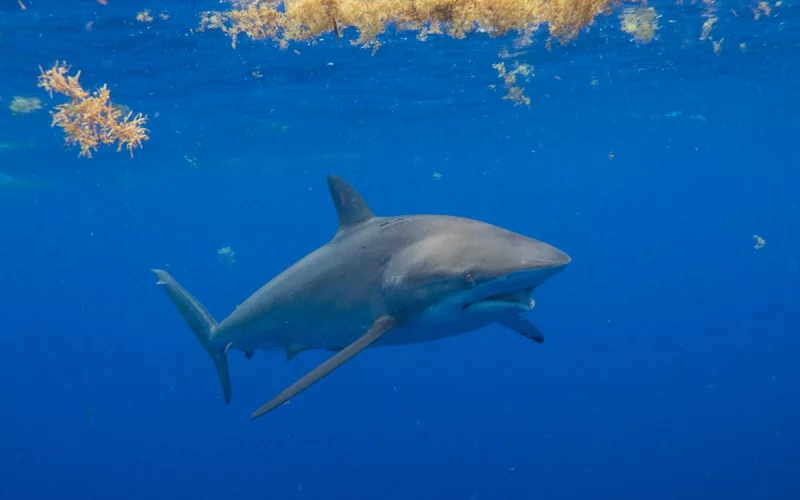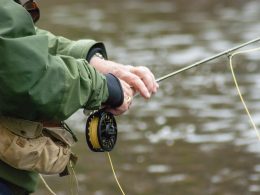Summertime in the good ol’ US of A is equal parts vacation time, bbq grilling, a soft sandy beach, and to top it off lots of sharks. Lots and lots of sharks. Yes, the Discovery Channel’s annual celebration of all things shark is back promising another season of Shark Week documentaries to inspire our toothy fish craze.
It seems people just cannot get enough of sharks! I share the same appreciation, dear reader, as sharks are one of my favorite pursuits for both professional and personal wildlife photography.
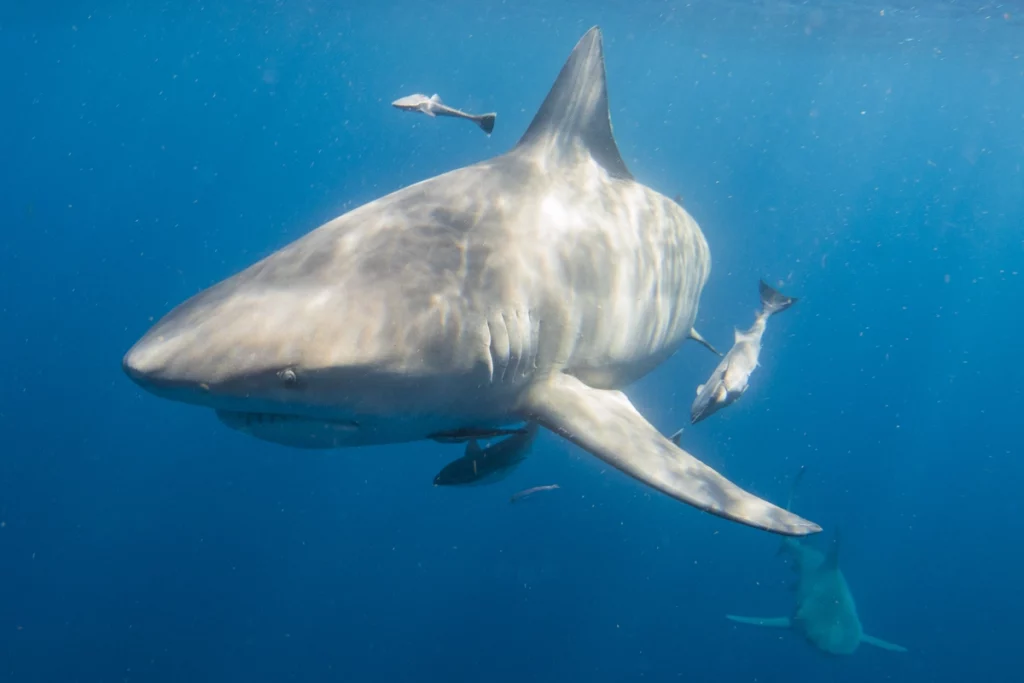
Table of Contents
The Passion: Documenting Sharks
For many in the wildlife field, myself included, we often say we document sharks to inspire appreciation of the species and raise awareness of the many conservation plights they face. This is of course unequivocally true. Photography and video are powerful ways to pull at a viewer’s heart strings. Think of the outrage millions of people felt after they first saw the footage highlighting the horror that is a shark finning operation. Or the awe upon first seeing the majestic breaching great white shark from the Shark Weekclassic Air Jaws.
But I also like to photograph sharks because of the rush. The parallels to an adventure sport cannot be understated; the thrill of being in the ocean with big animals, especially these apex predators, is very addicting.
And I think there is no better way to encourage an appreciation of sharks than taking part in a shark dive. Adding a camera to document the adventure and share with friends and family is a bonus.
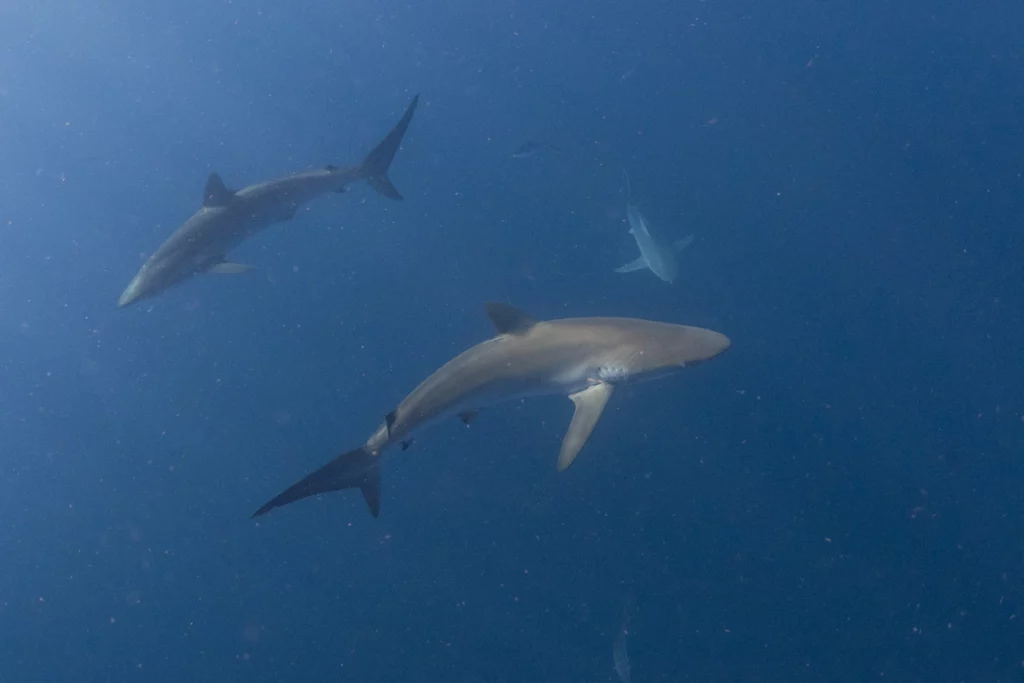
Most assume shark diving is done solely from the confines of a cage. This is true for great white shark diving in both South Africa and Australia but the vast majority of shark diving is done without a cage. Just the divers and the shark(s), no physical boundary that separates the two.
Now for the disclaimer. While shark diving is a fun and safe pursuit there are some inherent risks associated with the pastime. It is imperative that both diver and operator dive in the safest matter. This means recognizing shark behavior, not harassing the animals, and making sure the divers understand what to do and how they should behave once entering the ocean. Fortunately every shark dive operation I have worked with respect the sharks, support shark conservation initiatives, and only allow a dive to commence if it is safe.
In the Bahamas, one of the best shark diving countries on this planet, there are many opportunities to scuba dive with large sharks such as tigers and great hammerheads off Bimini to even oceanic white tips off Cat Island. Obviously one must be scuba certified and be a competent diver to join on these expeditions but there are free diving and snorkeling opportunities that do not require any certification.
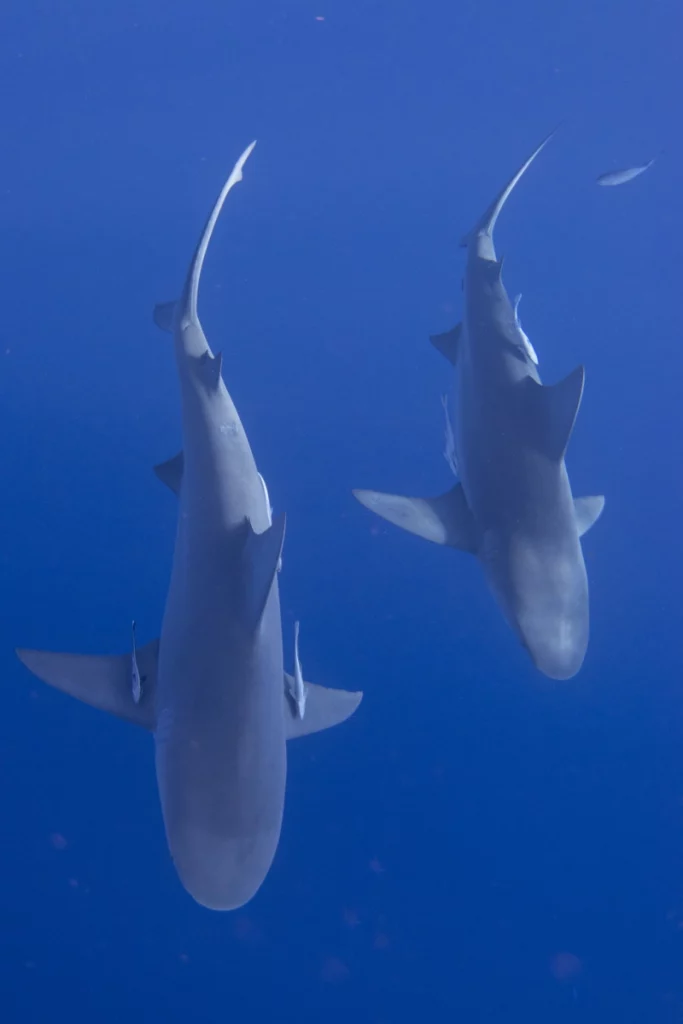
Shark diving in South Florida has become a booming industry in recent years. Companies such as Florida Shark Diving and Shark Tours Florida offer amazing free dives trips daily and opportunities to see different species of sharks depending on the time of year. In the winter months bull sharks and lemons are very common and in the summer months pelagic species such as silky and dusky sharks appear.
In Baja California Sur, Mexico some very magical encounters can happen with blue sharks, smooth hammerheads, and mako sharks. Yes, you read that correct, even mako sharks. Latitude Encounters offer an array of oceanic safaris in the waters surrounding the Baja peninsula in some of the best shark habitat for you to explore in the crystal clear blue water. Owners Fernanda and Mathias are some of the best in the business and their pelagic shark expeditions even include the silky shark aggregation where one can be surrounded by dozens, sometimes over a hundred, of these graceful sharks at once.
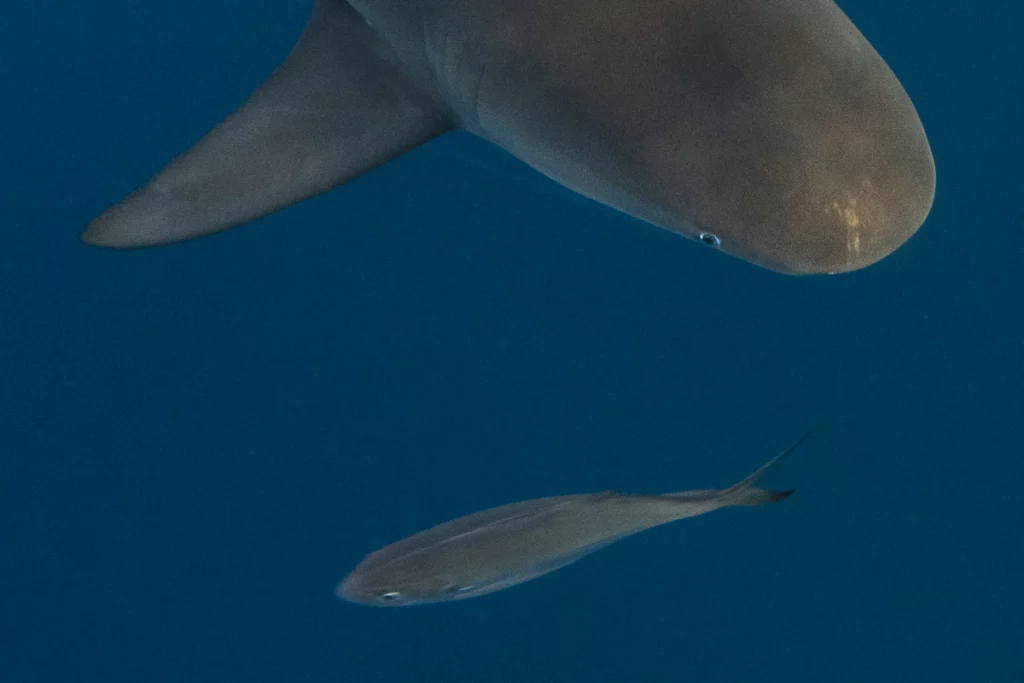
How to Keep Your Camera Safe While Filming Sharks?
So how does one go about photographing and filming sharks while keeping your precious camera safe? The answer is an underwater housing that has been specially designed for your specific camera. These are hard bodied systems that will give you full access to your camera’s buttons and controls. There are many companies that design and build housings such as Ikelite, Nauticam, and Aquatica. Each company offerings are different in regard to ergonomics and features such as leak detection alarms. Housings are expensive, often times reaching the cost of the camera it encloses but there is no better option if you plan on using your camera underwater as much as possible and for the security it provides. I recommend researching multiple manufacturers and do what’s best for your gear and budget.
Besides the housing you will also need a port designed for the lens you will use. Different ports, either dome or flat, fit different lenses. Sharks are big animals and because you need to be close to your subject for underwater photography most photographers use wide and fisheye lenses to fit the entire shark into the frame. The port of choice for these lenses is the dome port. Why? Flat ports, while great for macro lenses, magnify the image much like what a pair of goggles does to your eyes when underwater. Dome ports correct this allowing the full breadth of the wide angle perspective to be utilized, meaning bigger sharks and multiple sharks can fit in your image!
There are more affordable alternatives such as the flexible bag housings and universal housings. The trade off with these housings are that they are not as protective and you usually have to have your camera settings set before you place it in the housing as you will lose access to them once underwater. I have used them in shallow water, under waterfalls, and for filming waterscape scenes but have not for shark diving. Personally I would avoid them in deeper water or near reefs that could puncture the housing.
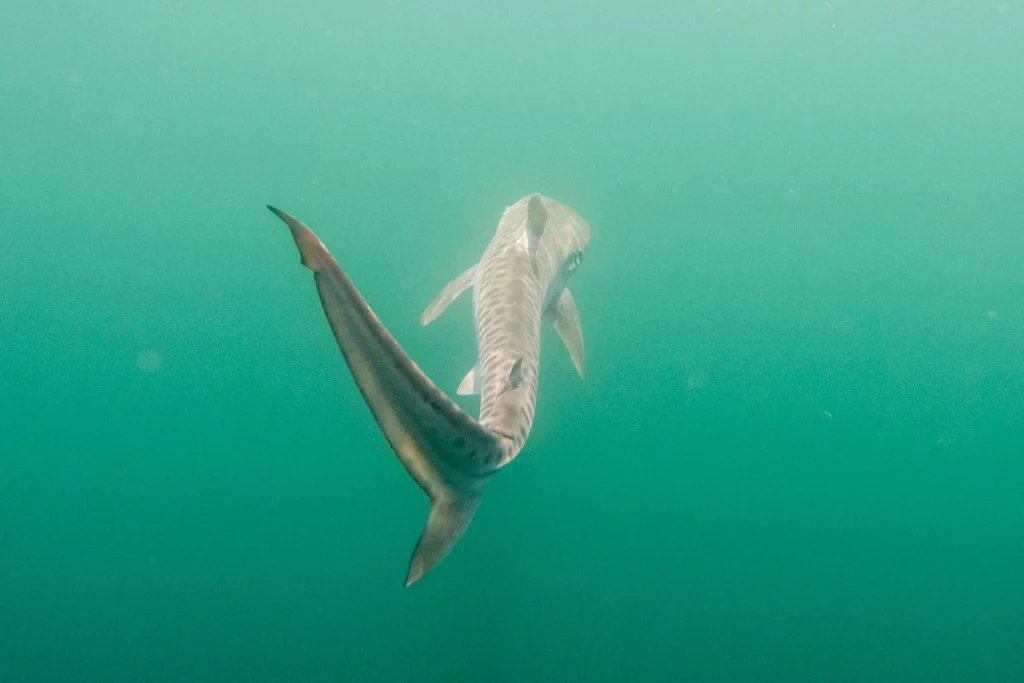
A compromise between these two housings could be to simply use a GoPro. I would recommend a long pole to attach the camera to, such as the El Grande model that extends outward to over three feet. You wouldn’t want to use a short pole, especially if you are inexperienced, because it is best to keep your hands away from the shark’s mouth. But the quality of GoPro videos as well as their photographs make it an excellent camera for shark diving. Some dive companies have been weary of GoPros because the electrical signal it emits can be felt by the sharks and draw them towards the camera. This is because of the sharks evolution and evolved a speciality sensory organ. The Ampullae of Lorenzini are electrorecepters that allow sharks to detect their prey from the electric fields that are generated from heart beats and muscle movements. However results from experiments are inconclusive at best in regard to GoPros. Sharks are curious by nature and will come in close to inspect you. I have never had a shark come to my GoPro but I have had them come up and bump my dome port!
Even if you are using a camera in a housing a GoPro can still be used by attaching it with an adhesive mount to the housing or on the hood of the dome port. I use my GoPro to record video the entire length of a dive while I photograph sharks. I get the best of both worlds.
Another approach that has (re)gained in popularity in the past few years are divers using old Nikonos cameras. The Nikonos was an amphibious SLR camera that was almost universally praised for its light weight and the incredible optical quality of its lenses. The system was discontinued in 2001 after decades of sales but has seen new life on the secondary market due to the resurgence in film photography. While you lose the instant gratification of digital, are limited to 36 exposures, and the film must be then sent to be processed the trade off is artistic merit. Many find using a favorite film stock paired with the amazing lenses of this camera helps them develop a unique style to their imagery. For some incredible black and white photography of sharks taken on a Nikonos check out Wolfgang Leander. Mr. Leander passed away in 2018 but his website still features his amazing shark photographs and his articles on his philosophy of using a Nikonos to photograph them.
You Must Be A Capable Swimmer: Techniques for Photographing Sharks.
Techniques for photographing sharks are always trumped first by good diving and buoyancy skills. You won’t be able to take a good photo of a shark until you are a capable swimmer. While I like to experiment with my shark photography to create unique images I almost always begin with setting my shutter speed fast, 1/500th of a second or more, because sharks are so streamlined and move with such ease that when panning the camera with their movement the higher shutter speed will capture more sharp photos. I then set my aperture at f/8 because I want to capture the whole body of the shark in focus. Once I get a few of those that I like I play with my settings to attempt at something more artistic, such as with slow shutter speeds.
For lighting the sharks I only use ambient light when free diving. The reason for this is two fold. First there is usually enough light penetration near the surface to get the sharks color as it swims through the big blue. Second the drag from the strobes (underwater flashes) while swimming would slow me down. I do use strobes for scuba though where I am much more controlled and due to the loss of all color but blue from the deepness of the water. The lighting from the strobes brings back the color lost at those depths.
While most shark photography is captured from below the surface I also photograph them from above as well to document research and conservation initiatives.
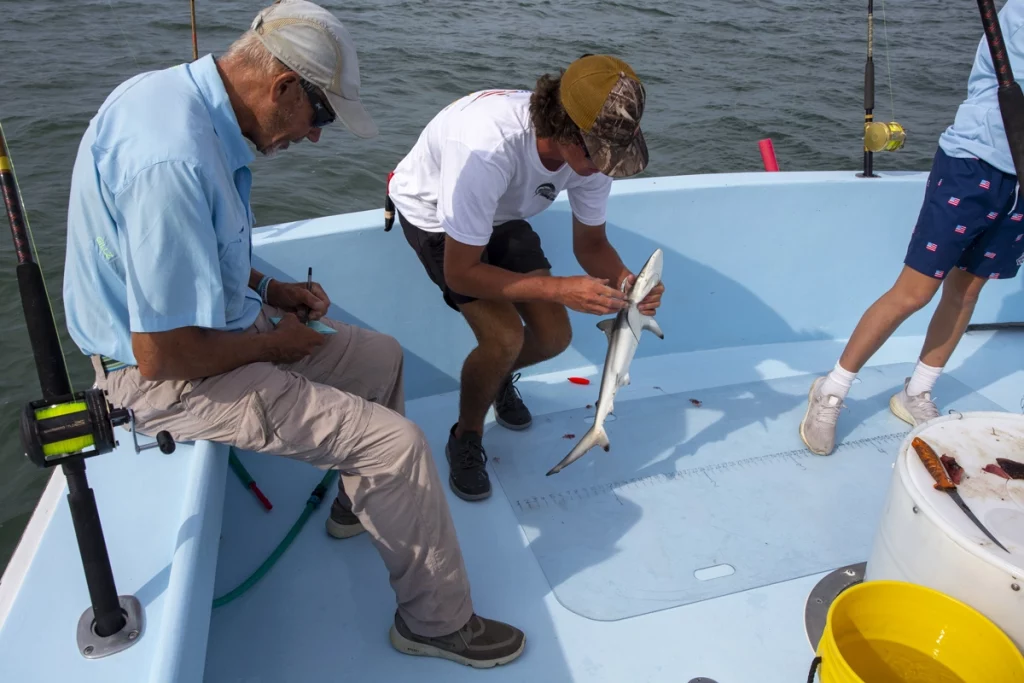
Captain Mark Sampson, a renowned shark researcher, leads shark research fishing expeditions in both Maryland and the Florida Keys for an incredible outdoor experience. Every shark caught has vital data collected as part of multiple ongoing research projects. Smaller sharks are brought on board and then released while larger sharks are kept in the water. Not only will you help reel the shark towards the boat, which is quite an event, Captain Mark will have you help with the data collection including tagging, DNA collection, as well as other research methods. It’s an adventure trip that is equal parts fishing, education, and research. From a photography perspective you can photograph the research itself as well as the sharks as they swim around the boat. Some sharks, like great whites and tigers, are so curious they just swim around the boat before leaving. Other sharks one may encounter aboard his boat, aptly named the Fish Finder, include sandbars, sand tigers, spinners, blacktips, threshers, and even hammerheads. It is an excellent way to use your photography for research as well as have an adventure. Shutter speed is just as important on the boat as off. If the sea is even slightly rocky you will want a fast shutter speed to freeze the action.
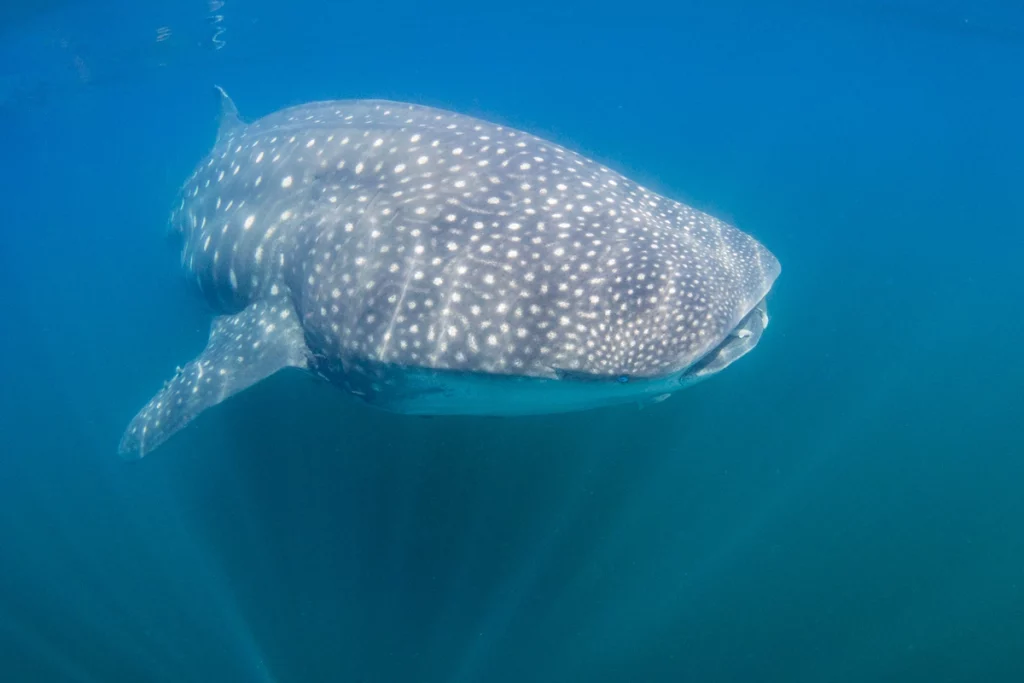
In Closing
In closing I cannot stress how photographing sharks from both above and below can be some of the most exciting imagery you will ever take. By embarking on a shark dive or research expedition you can create your very own Shark Week story and memories you will carry forever. Happy Sharking!

